Photos: Low cost ‘Jaipur foot’ prosthesis gives amputees a second chance
Updated On Aug 21, 2017 06:50 PM IST
1 / 9
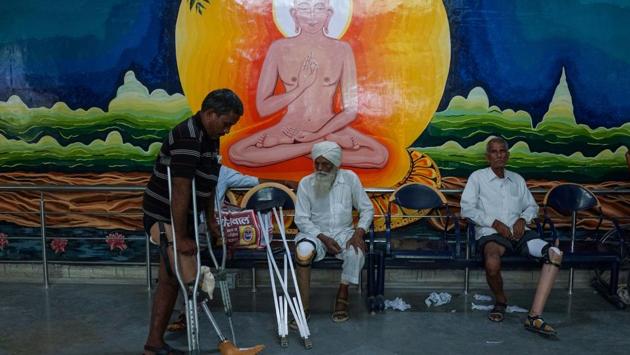
Updated on Aug 21, 2017 06:50 PM IST
Prostheses can cost thousands of dollars and take weeks to manufacture in many parts of the world, but for nearly 50 years the creators of the ‘Jaipur Foot’ have been making dozens of limbs a day for roughly ₹4000 ($60) apiece. Bhagwan Mahaveer Viklang Sahayata Samiti (BMVSS), a non-profit organisation has brought renewed confidence to the lives of Indian amputees who arrive on crutches and leave with a new prosthesis within hours - all without spending a penny. (Chandan Khanna / AFP)
2 / 9

Updated on Aug 21, 2017 06:50 PM IST
Old prosthetic legs, feet and crutches are seen in a discarded pile at the Bhagwan Mahaveer Viklang Sahayata Samiti’s main branch in Jaipur, Rajasthan. The 2011 census of India places the number of movement impaired people at over 6.1 million. Not all among these have access to mobility aids with the sight of impaired people at traffic stops, wheeling or dragging themselves common. (Chandan Khanna / AFP)
3 / 9
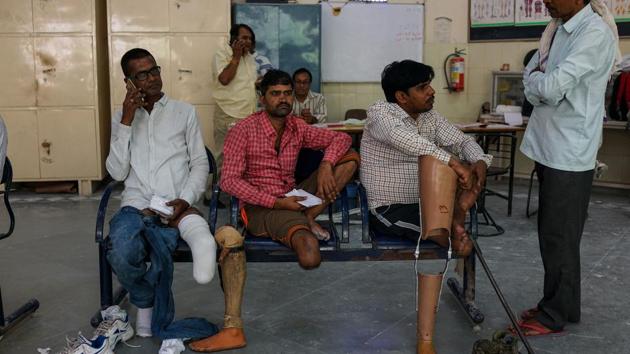
Updated on Aug 21, 2017 06:50 PM IST
50-year-old Rajkumar Saini (L), who suffered a road accident in 2004, awaits his fourth prosthetic leg replacement at the BMVSS branch in Jaipur. More than 25,000 artificial limbs and other aides have been distributed worldwide since the charity first rolled out the prosthesis in 1975. The Jaipur Foot has assisted amputees in countries from Africa and Asia to the Pacific Islands. (Chandan Khanna / AFP)
4 / 9
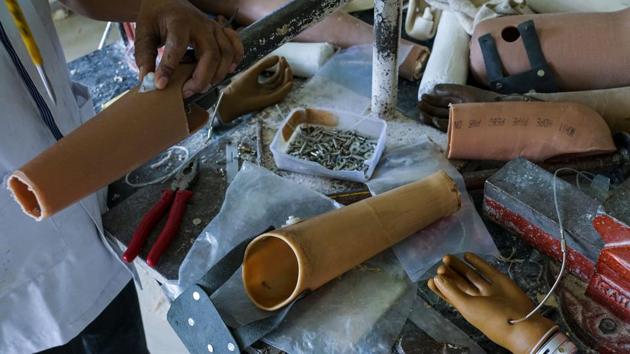
Updated on Aug 21, 2017 06:50 PM IST
Made from durable plastic piping, the limb -- available for above and below knee amputees -- lends itself to wear and tear or changes in the shape of the leg over time. The prosthesis allows wearers to run, swim, climb trees or ride a bicycle due to a design which allows movement in the ankle and can be worn without shoes -- a huge plus in a region where many go barefoot at home and especially religious places. (Chandan Khanna / AFP)
5 / 9
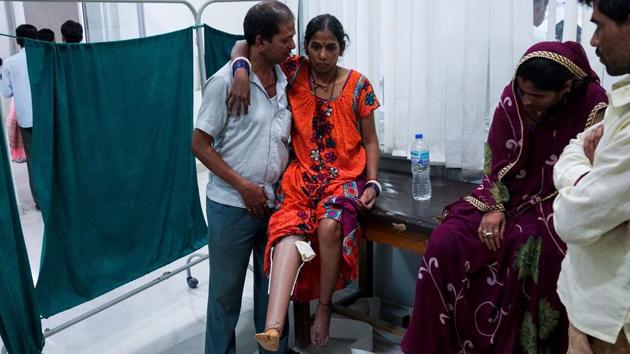
Updated on Aug 21, 2017 06:50 PM IST
A man helps his wife to walk for the first time with her first rubber-based prosthetic leg in Jaipur, Rajasthan. The indigenous product’s mobility also accommodates everyday tasks such as working in fields, sitting cross-legged or using Indian style squat toilets without the need for modifications or removal. (Chandan Khanna / AFP)
6 / 9
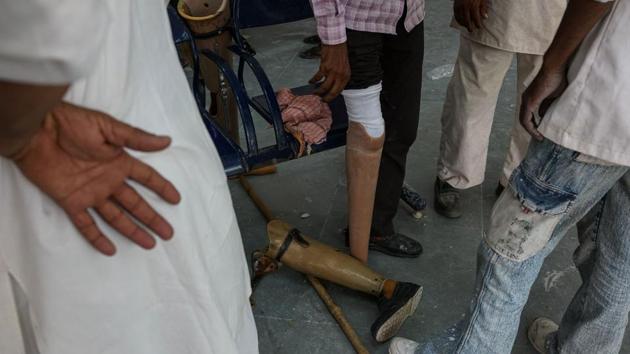
Updated on Aug 21, 2017 06:50 PM IST
New fittings can be done quickly and free of charge by the charity itself with the help of donations. BMVSS manages to produce around 50 prostheses a day and fits them as well. (Chandan Khanna / AFP)
7 / 9
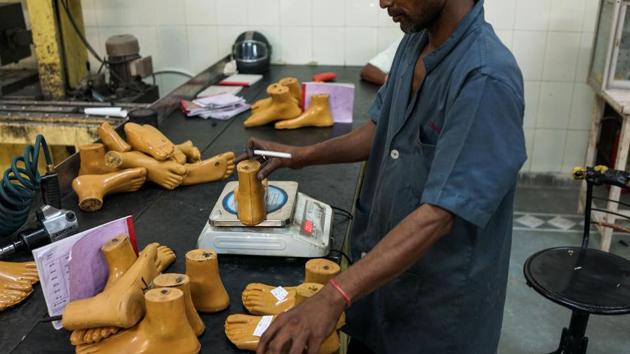
Updated on Aug 21, 2017 06:50 PM IST
Keeping pace with technology the charity has also been involved in the creation of a self-lubricating, oil-filled nylon knee replacement that can be manufactured for $20, a mere fraction of the $10,000 charged for models elsewhere in the world. 3D printing is also an area being explored for the manufacturing of inexpensive artificial hands. (Chandan Khanna / AFP)
8 / 9
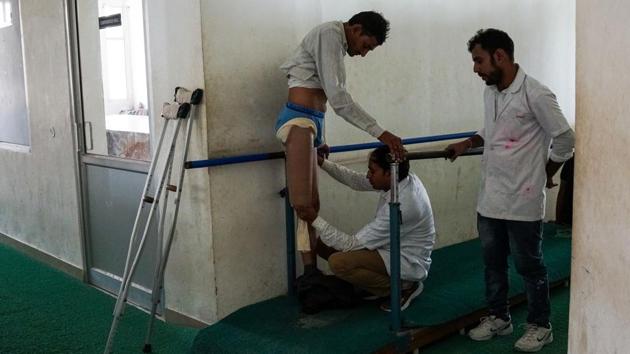
Updated on Aug 21, 2017 06:50 PM IST
The quick turnover in production time, simple design, low-cost and durability make availability and fitting of the prosthesis a matter of hours requiring little maintenance afterwards. Amputees can arrive for a fitting or replacement Jaipur Foot and leave the same day. Saini considers it similar to ‘getting an all new gumboot’. (Chandan Khanna / AFP)
9 / 9
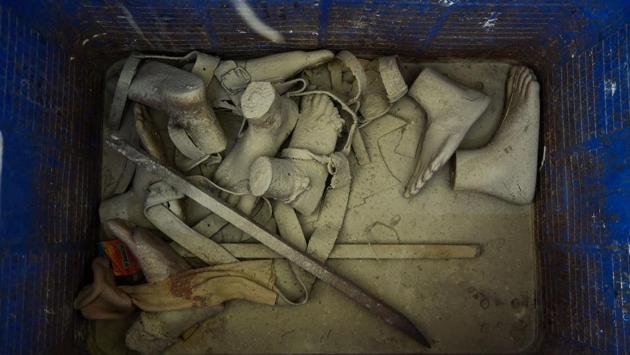
Updated on Aug 21, 2017 06:50 PM IST



